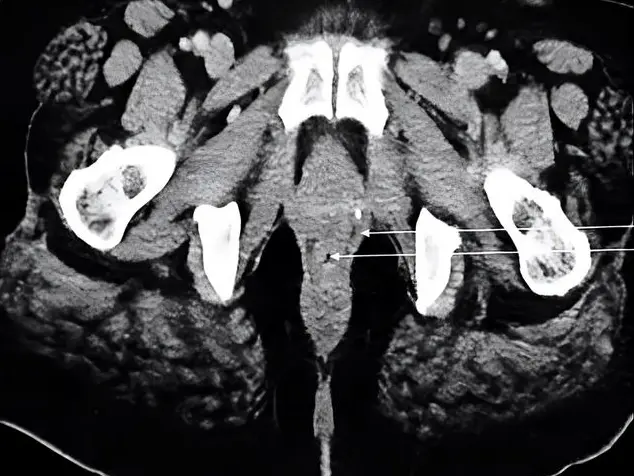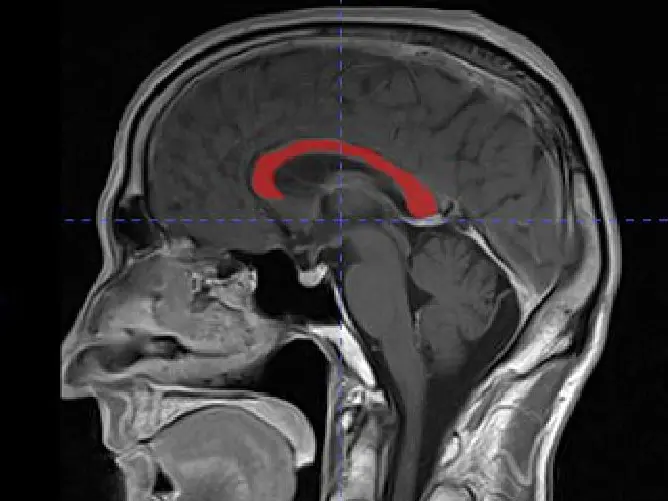There is no discussion about human portal system variability. Features of interposition, veins branching included in this system, stereometric and lineal characteristics define its development, stream and ways of operation interference for several surgery diseases, which all in all decides the end of surgery pathology. Morphometry study of portal system using computer-aided modelling and methods of computational anatomy has been performed. DICOM data segmentation was performed using Dragonfly software (Object Research Systems, Canada) at the Innovation Technology Management Resources of the Reaviz University. Using series with arterial and vein contrast, we performed the segmentation of contrasting vessels, obtained three-dimensional data topology in .obj format. Then we processed the obtained models using scripts prepared for the pythonOCC framework. We built the central lines of the vessels and formed the branching tree. Methods of computational hemodynamics were implemented using the Visual-CFD application for OpenFOAM environment (ESI, France). Veins forming the portal vein are presented by three systems; in every one of them there are scapi and affluxes, which are different in branching types and other morphological characteristics. The superior mesenteric vein, for instance, is characterized by interjacent branching type, has one scapus 93,5 (78,5; 119,5) mm in length and diameter 9,5 (6,5; 12,0) mm, going to portal vein under the corner 170,0 (160,0; 175,0)0, and formed by venous inflows of majority unpaired organs of upper and down floors in abdominal cavity. Affluxes of the superior mesenteric vein have almost the same diameter from 3,5 to 12 mm but the length. The shortest affluxes are jejunal ones (40,0 (38,5; 46,5) mm) and right gastroepiploic vein (45,0 (38,5; 53,5) mm), then iliac (50,0 (48,5; 53,5) mm), middle colonic (60,0 (58,5; 63,5) mm) and iliac colonic (70,0 (68,5; 78,5) mm) veins. The system of inferior mesenteric vein contains a lower number of veins going to its bed in comparison with vessels net of superior mesenteric vein. Magistral type of branching of inferior mesenteric vein is found in 23% of cases and in 77% of cases it has interjacent type of branching. In case of interjacent type of branching mesenteric vein goes to superior mesenteric vein between right colonic and jejuna veins. Inferior mesenteric vein of magistral type goes to splenic vein in most cases (as it is shown on picture 1) or it is independent afflux of portal vein. Its diameter is significantly less than diameter of superior mesenteric vein and makes 4,5 (2,0; 6,5) mm. The current research gives quantitative orienting points for main vein structures of portal vein system. The research results have allowed adding science materials about types of branching and morphological patterns of portal vein and its branching. Variations common for every system are preferably being used for regulation of the discussed subject in terms of tactic patients’ curing with syndrome of portal hypertension or at the step of pre surgical preparation.
Human portal system morphometry based on 3D computer aided modelling
Andrey N. Russkikh
Department of Operative Surgery and Topographic Anatomy, Krasnoyarsk State Medical University named after Prof. V.F. Voino-Yasenetsky, Krasnoyarsk, Russiahttps://eurjanat.com/download/2047/
SUMMARY
Eur. J. Anat.
, 26
(2):
159-
166
(2022)
ISSN 2340-311X (Online)
Sign up or Login
Related articles
Original article
Original article



